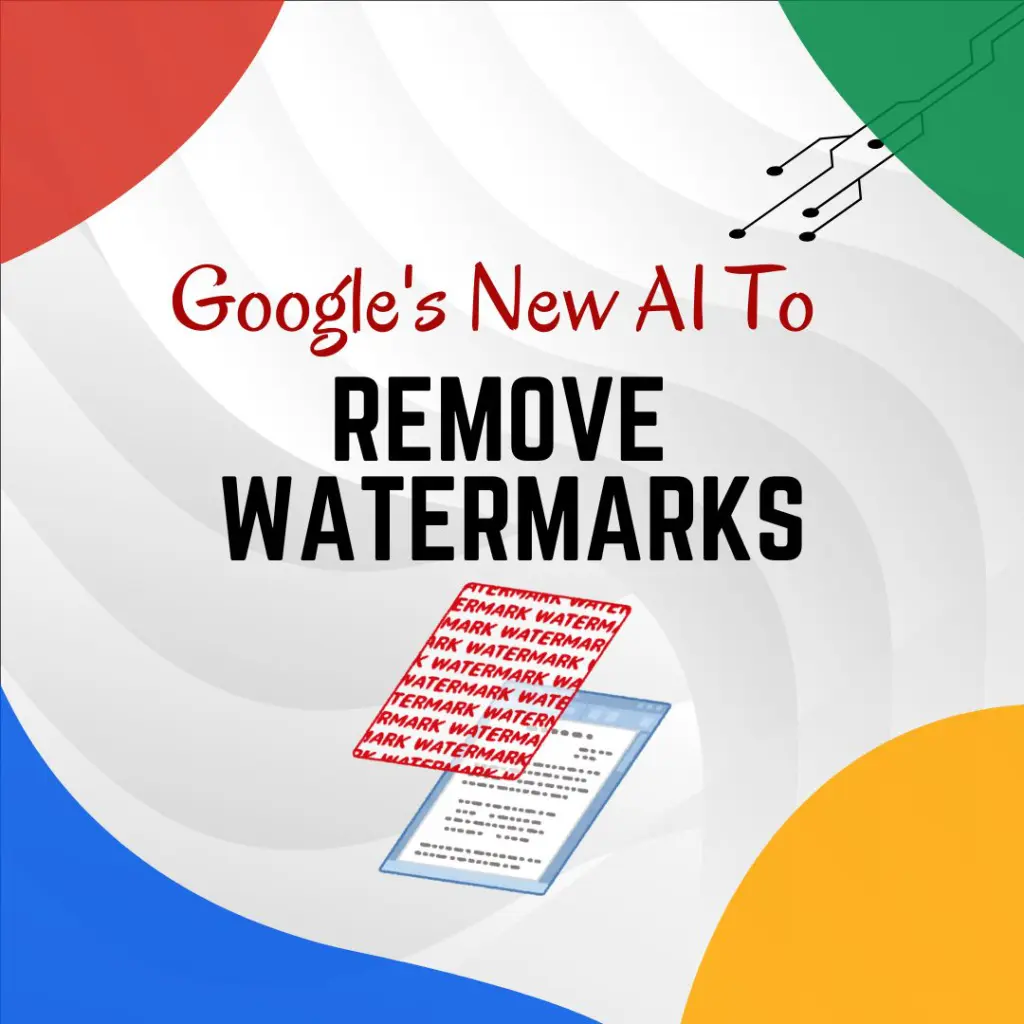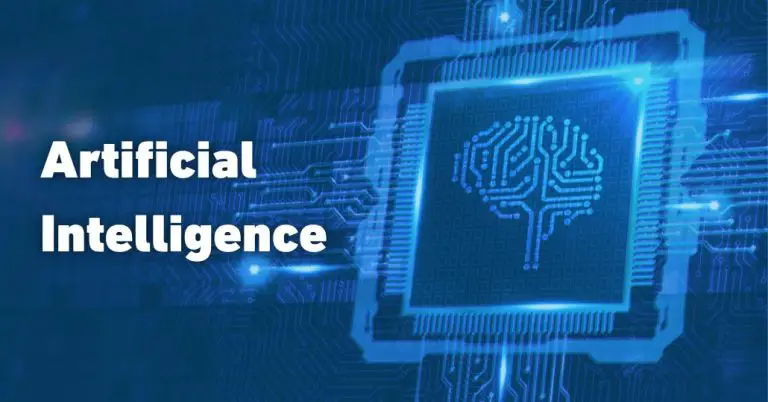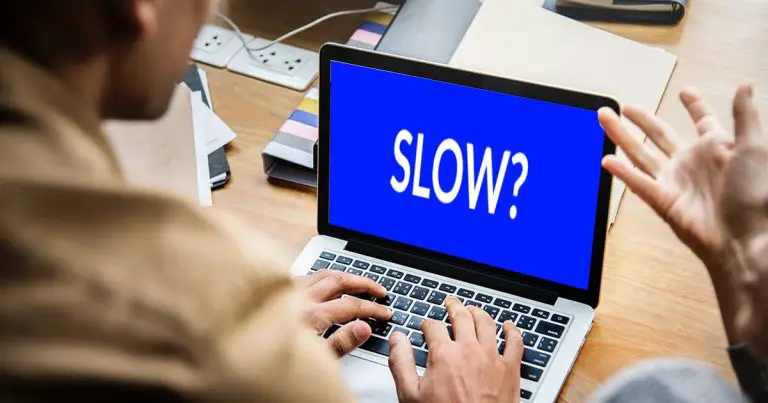
On March 17, 2025, controversy arose over Google’s latest AI model after reports surfaced of users exploring it to remove watermarks from copyrighted images. This turn of events has sparked ethical and legal concerns, especially among photographers, artists, and stock image providers who depend on watermarking to safeguard their intellectual property.
AI’s Growing Ability to Edit Images
Google’s AI models are known for their advanced image-processing capabilities, designed to enhance photo editing, object recognition, and generative content creation. However, recent findings suggest that the latest model can accurately detect and erase watermarks, effectively bypassing one of the most common forms of copyright protection. Watermarks are semi-transparent logos or text overlays added to images to prevent unauthorized use. They have long been a standard protection method for stock image platforms like Shutterstock, Getty Images, and Adobe Stock. However, AI-driven tools can now analyze and reconstruct the background behind watermarks, removing them without leaving visible traces.
Stock Image Platforms and Creators Raise Concerns
The emergence of this AI-powered watermark removal has led to an outcry from photographers, graphic designers, and stock media companies. Many fear that this technology will encourage image theft, unauthorized use, and financial losses for content creators. A digital rights advocate as well as a professional photographer named James Carter claimed.
“This is a serious threat to digital content ownership.”
“If AI can remove watermarks in seconds, it devalues the work of photographers and designers who rely on watermarking to protect their art.”
Other articles you may find interesting
Google’s Response and Ethical Debate
In response to concerns, Google has stated that it does not endorse or promote AI-powered watermark removal. A company spokesperson clarified that the technology was not intended for copyright infringement and that Google is working on safeguards to prevent misuse. Despite this, experts argue that AI’s rapid evolution is outpacing digital copyright protections, making it increasingly difficult for companies to control how their technology is used.
“AI is getting smarter, but so are those looking to exploit it,” said Lisa Rodriguez, an AI ethics researcher.”
“Companies must take responsibility for how their models are deployed and ensure they don’t enable copyright violations.“
Can Watermarking Be Made AI-Proof?
With traditional watermarking techniques becoming vulnerable, experts suggest new strategies to counter AI-driven removals. Some companies are now experimenting with:
Dynamic watermarks: Slight variations in position, size, and transparency to disrupt AI pattern recognition. Invisible watermarks: Embedding metadata or undetectable markers within the image itself. Blockchain-based verification: Using decentralized technology to verify image authenticity.
What’s Next?
As AI-driven editing tools continue to advance, the battle between copyright protection and AI manipulation is expected to intensify. Stock image providers, copyright organizations, and tech giants may need to collaborate on new security measures to safeguard digital assets. For now, Google’s AI model serves as both a technological breakthrough and a potential ethical dilemma, forcing the industry to reconsider how images are protected in an AI-driven world.





